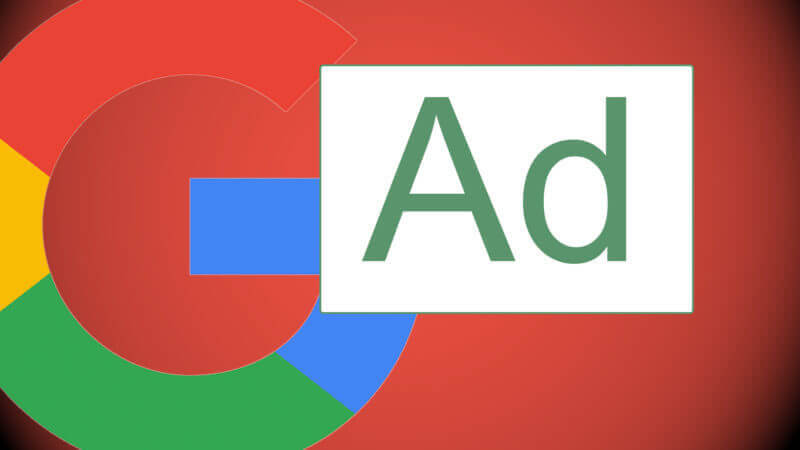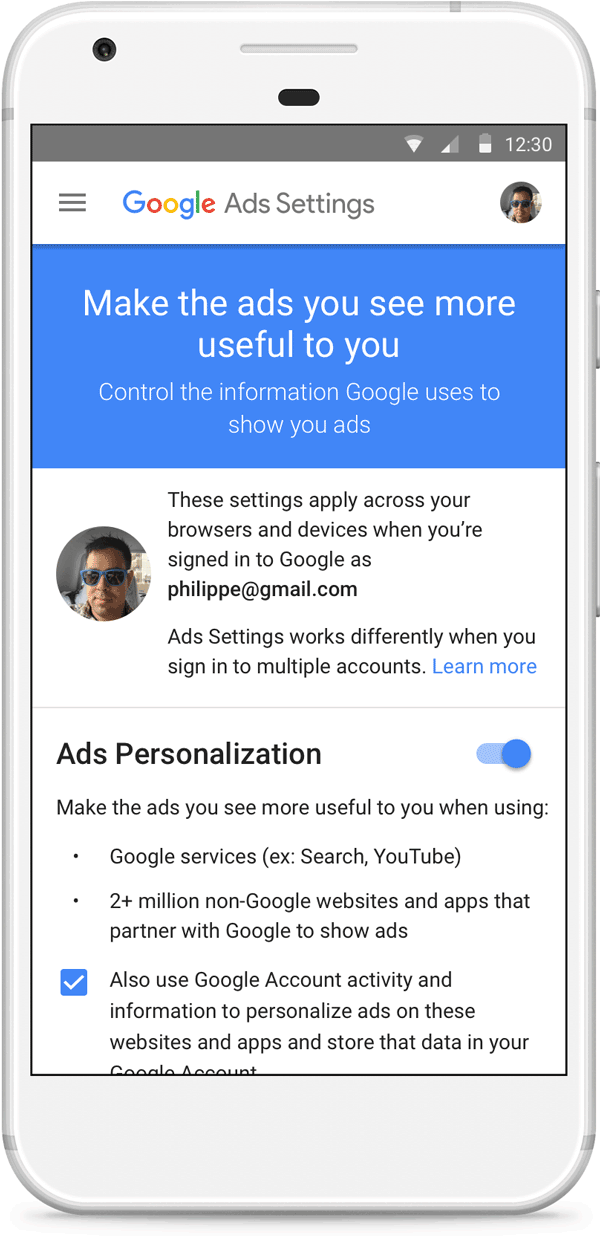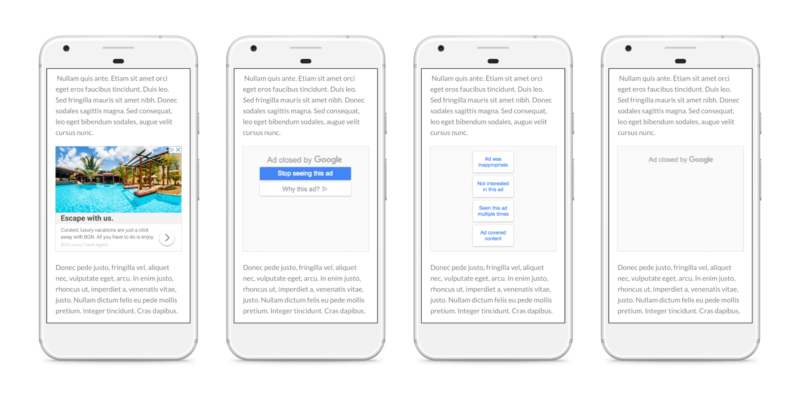Pummeling users with Google remarketing ads they don’t want to see? Now they can mute those, too
Google announced more options for users to control the kinds of ads they see.
On Thursday, Google announced more ways for users to control the Google-served ads they see. The changes will have implications for advertisers, particularly those who are running remarketing campaigns.
Users can see who’s remarketing to them
There is now a new section in the Ads Settings area of My Account, the resource that lets Google account holders see and control their data and privacy settings, called Your Reminder Ads. That is just Google’s consumer-facing term for retargeting or remarketing ads, and it encompasses dynamic remarketing ads as well.
From Your Reminder Ads, users will be able to see the companies that are currently remarketing to them via Google’s ad network and opt to mute them individually, as shown in the GIF below.
Implications for advertisers
Last fall, Apple gave advertisers reason to start rethinking their retargeting strategies. Have you heard any consumers complaining about Apple’s Intelligent Tracking Prevention? Me neither. It puts a wrench in advertisers’ works, though. Whereas Apple kneecapped tracking with its approach to addressing annoying retargeting, this is a quintessential Google move: Give users some opt-out control over the ads they see while leaving the fundamental targeting and tracking mechanisms untouched.
Advertisers need to be aware, though, that people who use this new tool will be muting the advertiser from retargeting them with Google ads, not just one ad they’re sick of seeing.
It only impacts Google ads, not those from other remarketing services an advertiser might be using.
- This is rolling out for Google Display Network ads on the web and in apps.
- It will expand to YouTube, Search and Gmail in the coming months.
- Mutes can last for 90 days.
Mute This Ad expansions
The Mute This Ad feature, which has been available since 2012, allows users to dismiss a Google display ad by clicking on the “X” in the upper right corner of the ad. Users can then provide feedback on why they no longer want to see the ad.
Now Mute This Ad will function across devices when users are signed in to their Google Accounts. When users mute or block an ad on one device while signed in, they won’t see that ad on other devices when logged in to that same Google account.
Additionally, Google is extending Mute This Ad to more apps and websites that show Google ads.
Implications for advertisers
Google says that it has received more than 5 billion notices from users who muted ads that weren’t relevant and that it removed more than a million ads from its ad network based on feedback received from the Mute This Ad tool.
The expansion of this tool will likely lead to more ads getting removed and provide more relevancy signals to Google to improve targeting and performance.
I asked if advertisers might get any kind of reporting about when their ads are muted. A Google spokesperson said it’s been considered and could be a possibility if there is enough advertiser demand for that kind of information.
Contributing authors are invited to create content for Search Engine Land and are chosen for their expertise and contribution to the search community. Our contributors work under the oversight of the editorial staff and contributions are checked for quality and relevance to our readers. The opinions they express are their own.
Related stories
New on Search Engine Land


